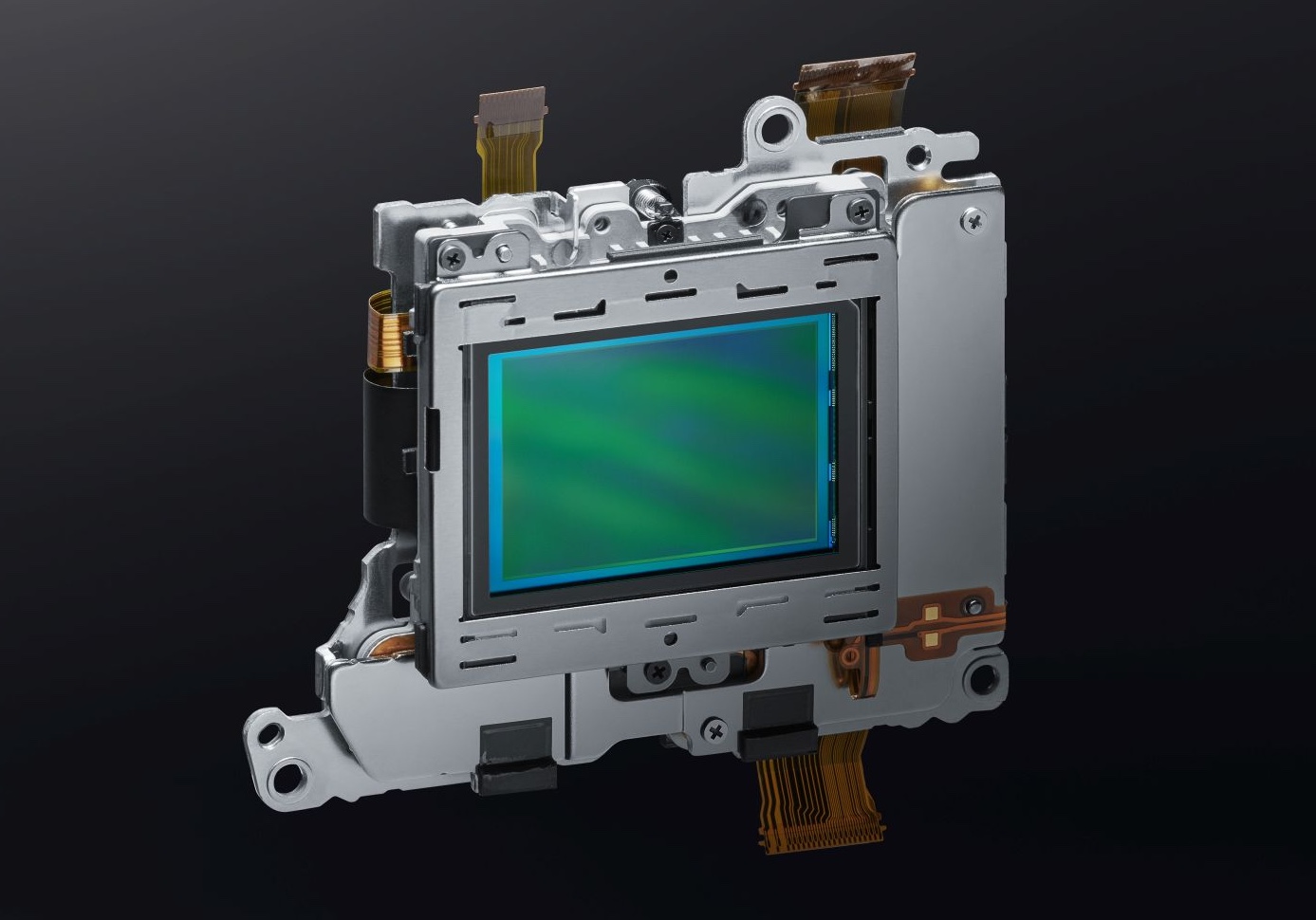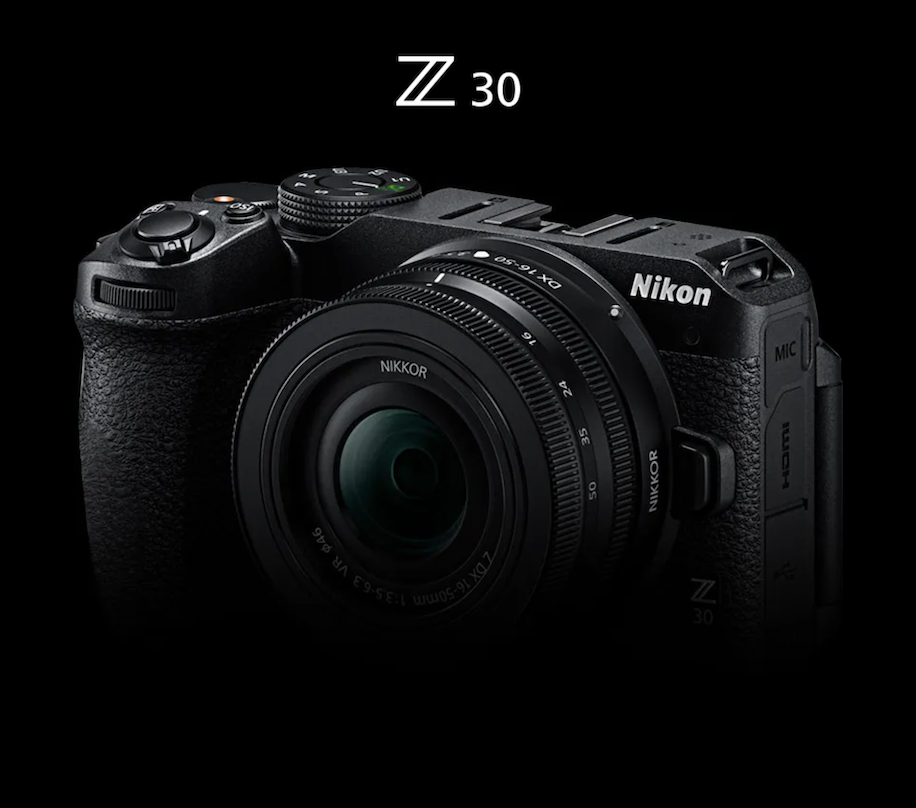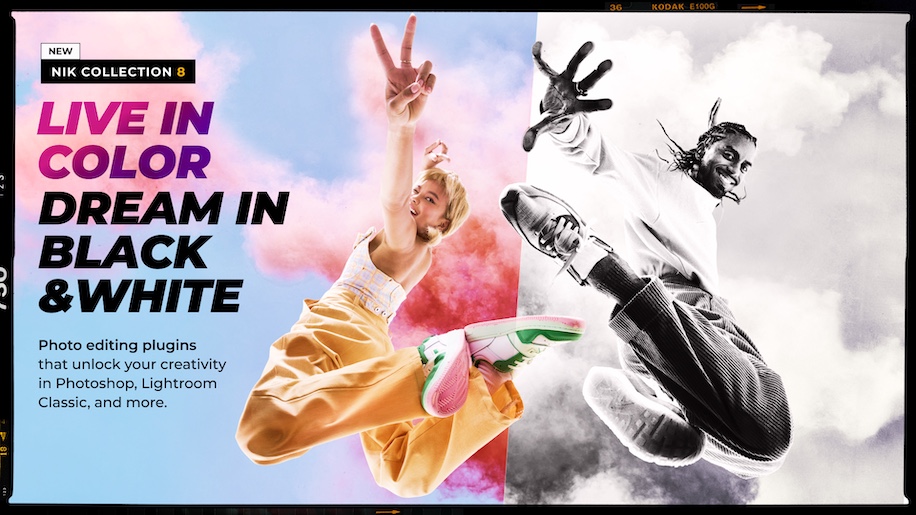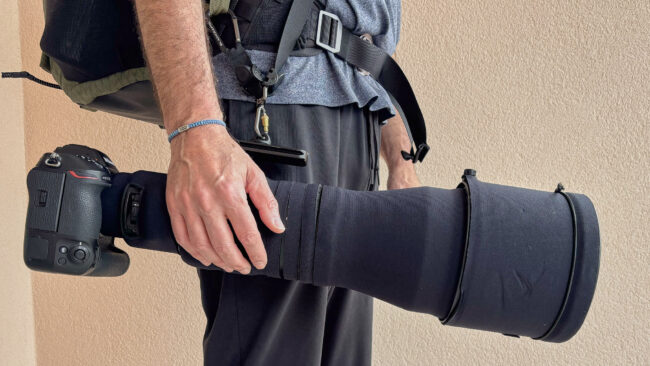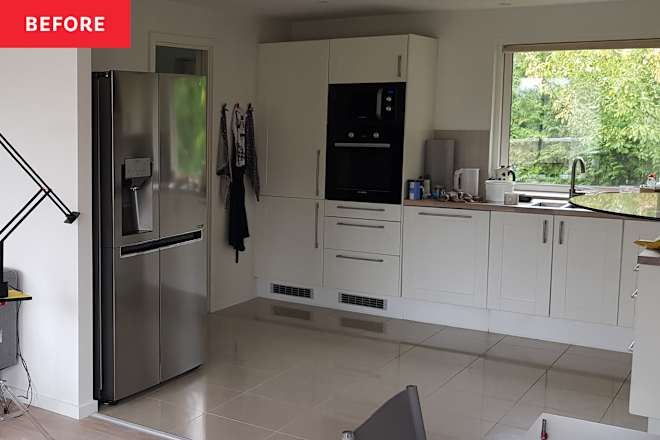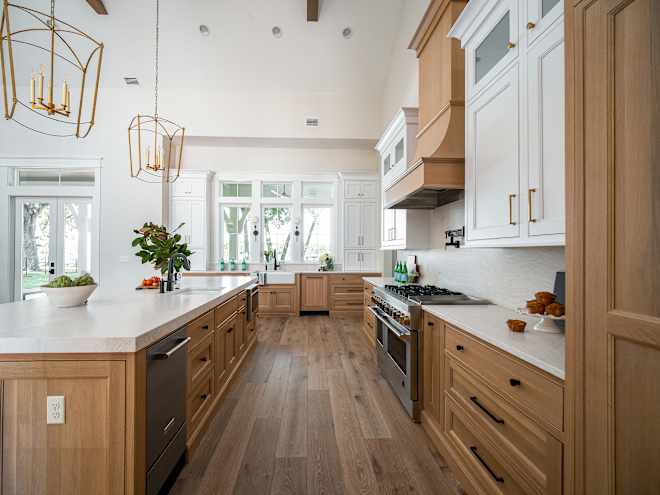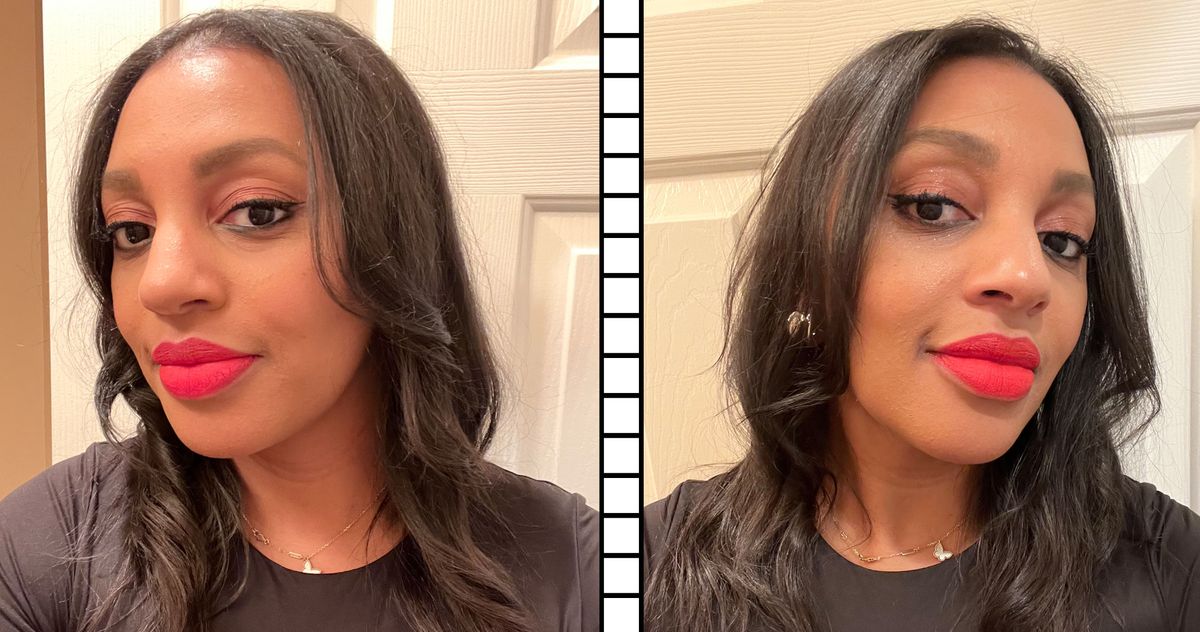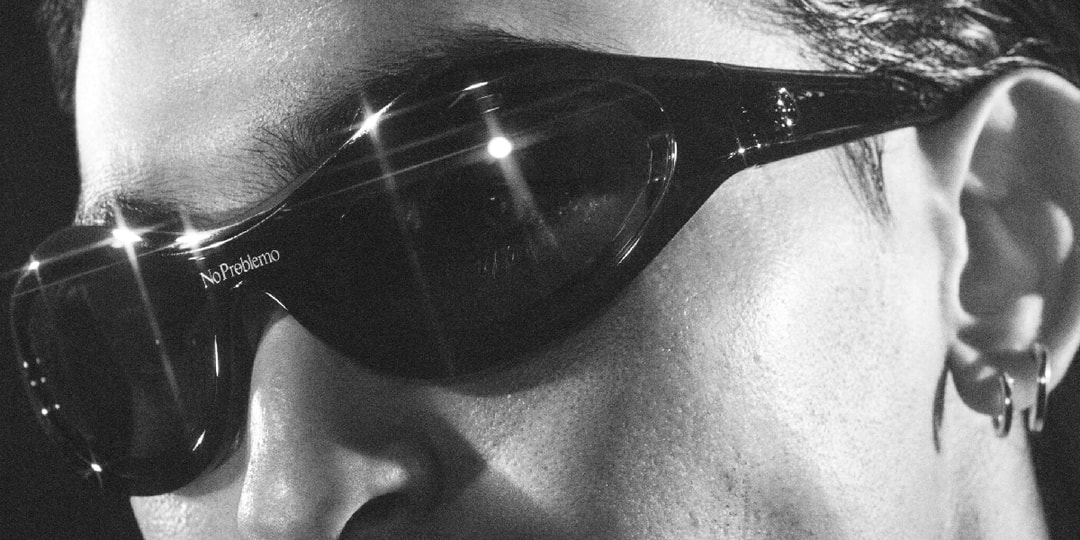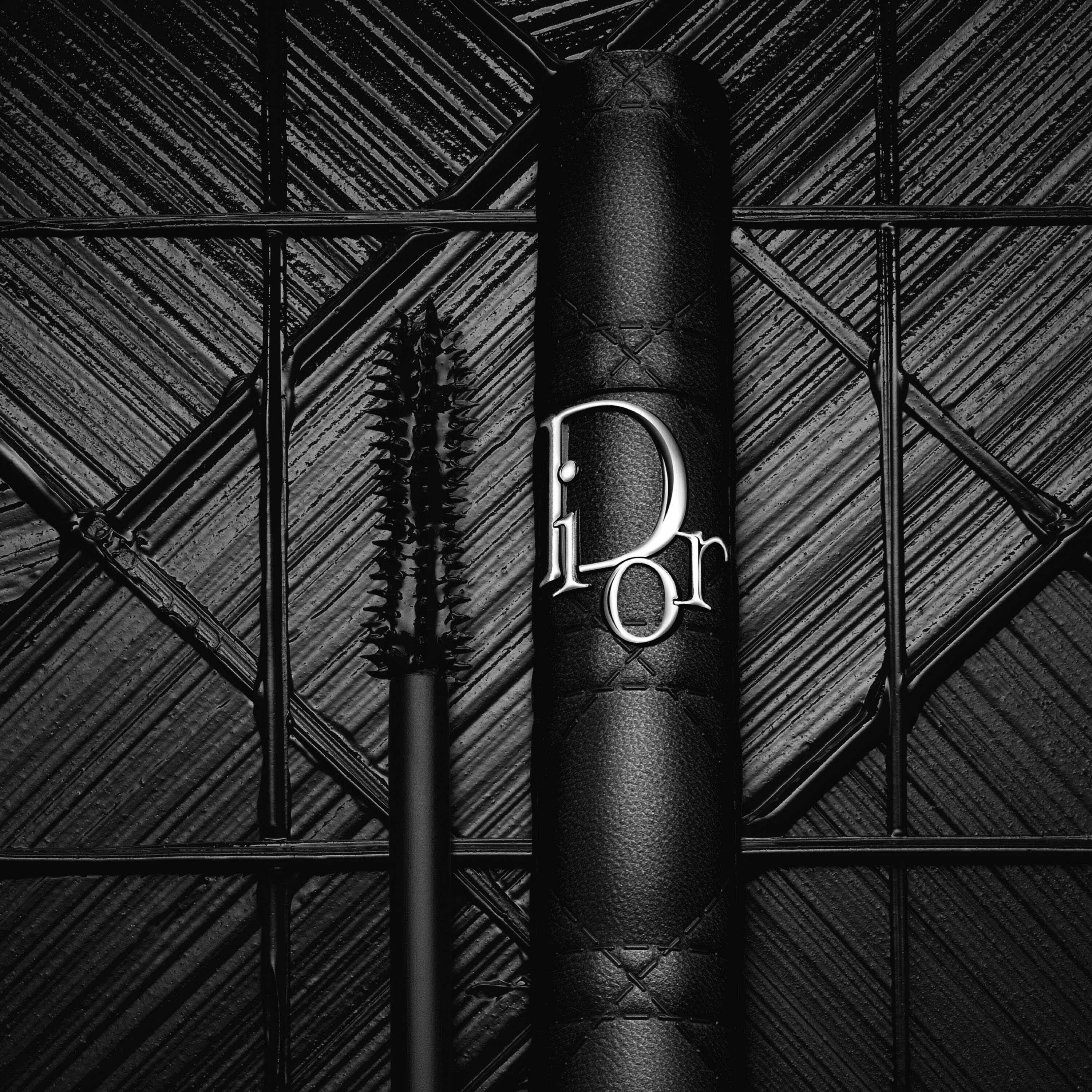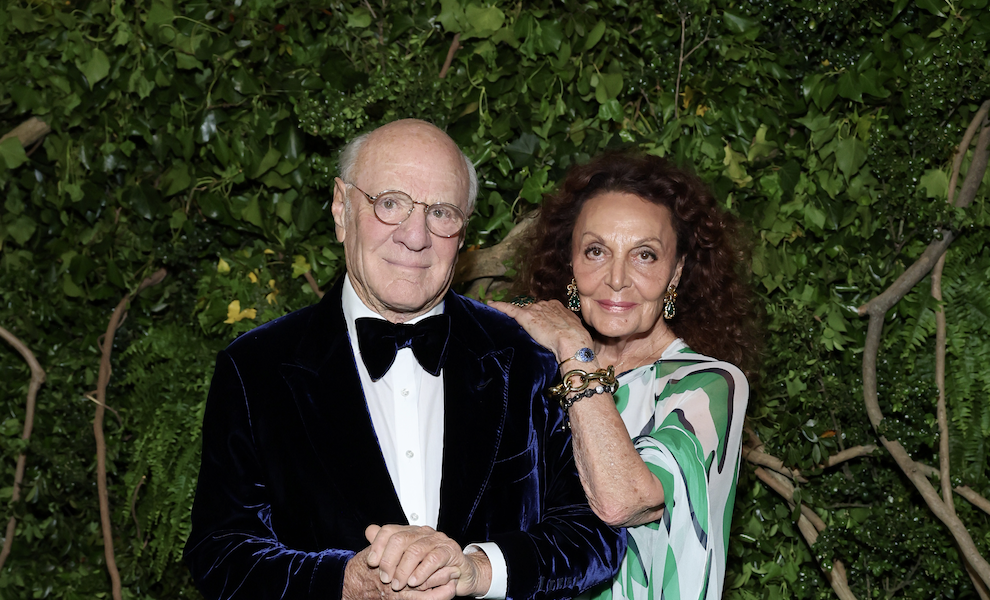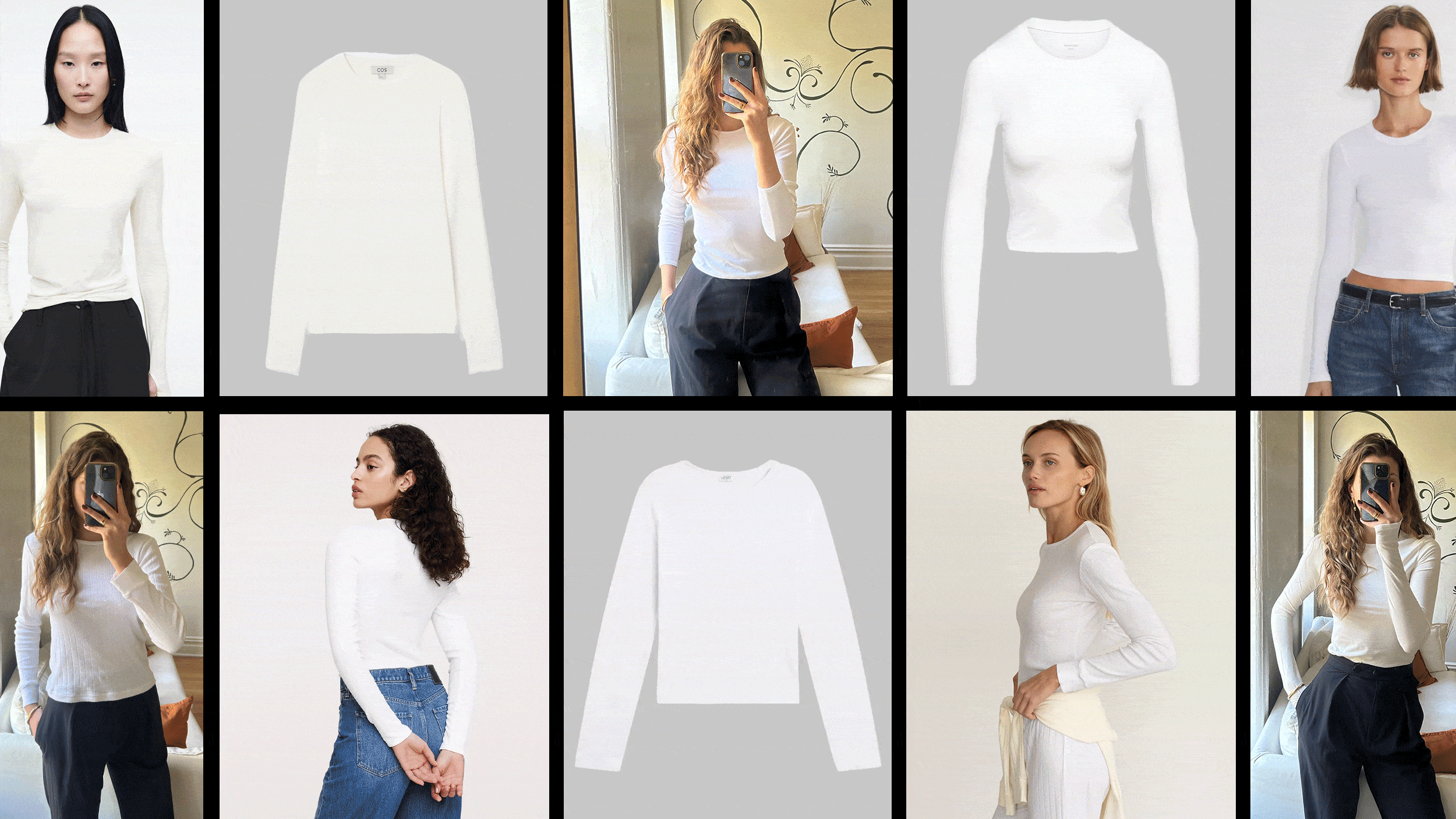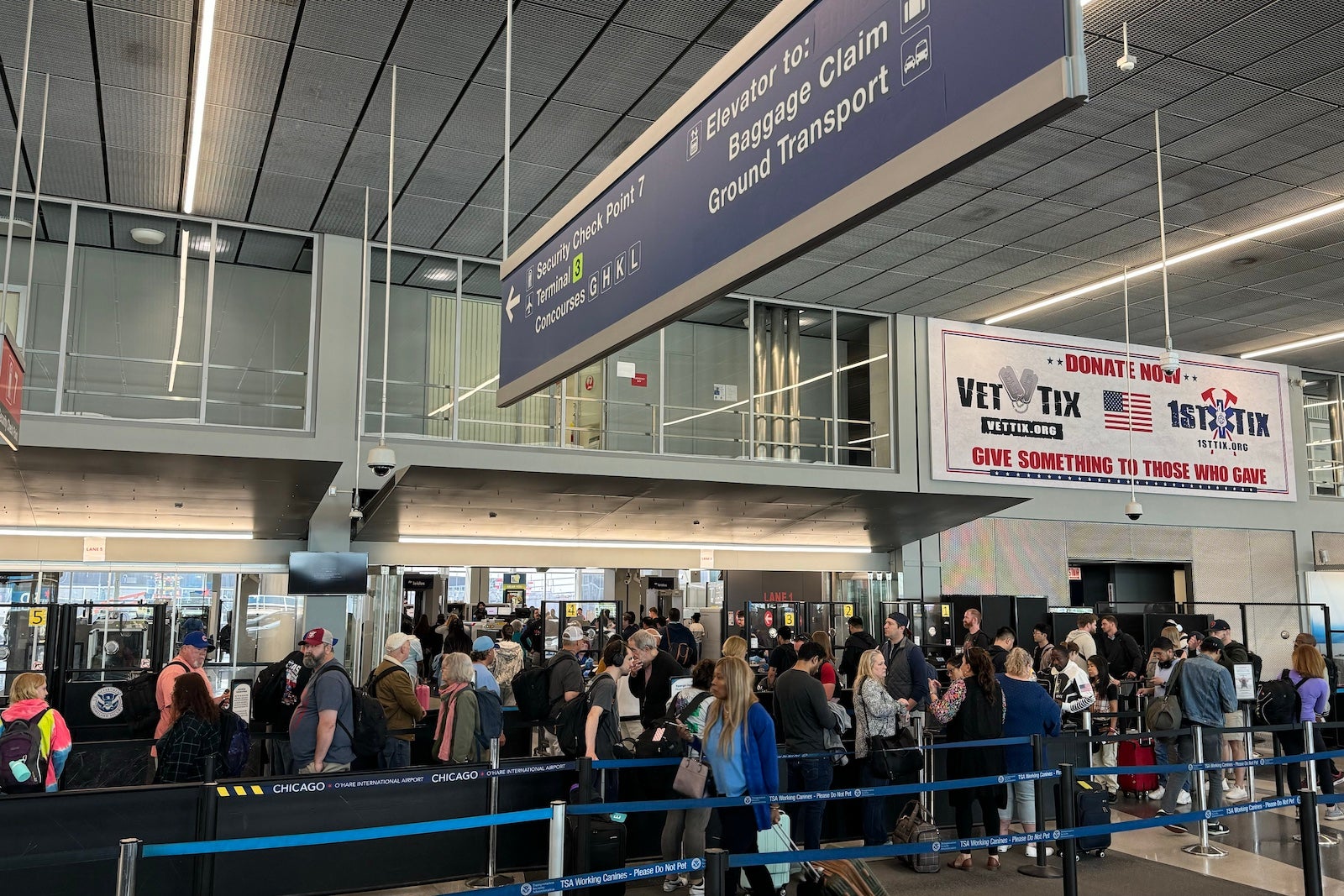Prime and zoom lenses explained: pros, cons and how to decide
Photo: Abby Ferguson As you start to shop for lenses, you'll come across the terms "prime" and "zoom." But as with most gear decisions, understanding what those are, what their impact is and what you should choose isn't always so straightforward. Each type has pros and cons, so it isn't a simple answer of one is better than the other. Below is a simple outline of what these terms mean and why you might choose one over the other. What are prime lenses? Both of these lenses are prime lenses, even though they are vastly different focal lengths. Photo: Abby Ferguson Prime lenses are camera lenses with only a single, fixed focal length. You can't zoom in or out, and instead will need to move yourself. Since there is no zoom mechanism, you can't simply twist a ring on the lens to change what's included in the frame. Instead, your feet have to function as a substitute for the zoom. Prime lenses are available in a wide range of focal lengths (how lenses are measured). There are ultra-wide-angle primes, telephoto primes and everything in between. Because of this, you can find a suitable prime lens for nearly any focal length you need. What are zoom lenses? Both of these lenses are zoom lenses, with the one on the left covering from 12-24mm and the one on the right covering 24-70mm. Photo: Abby Ferguson Zoom lenses offer a range of focal lengths in one single lens body. They allow you to zoom in or out without physically moving. Instead, a twist of the lens can change what is included in your composition. Like prime lenses, zoom lenses come in focal lengths across the entire range. It’s also important to know that zoom lenses can cover multiple focal length categories in a single lens. For example, a classic 24-70mm lens offers a bit of wide-angle, normal and telephoto coverage all in one lens. Some zoom lenses are even more dramatic than that, covering from ultra-wide all the way to super telephoto, though such a range often comes at the cost of image quality. Zoom lenses can also be limited to just one focal length category. A 70-200mm lens offers exclusively telephoto range, while a 14-24mm lens (on a full-frame camera) only provides a wide-angle point of view. A lens is considered a zoom lens as long as it offers adjustable focal length, regardless of which focal lengths are covered. Are prime or zoom lenses better? Photo: Abby Ferguson For a long time, prime lenses offered superior image quality to zoom lenses, making them the best choice for those wanting the best image quality. While this is still typically true for budget-friendly options, lens development has advanced to the point where zoom lenses are often nearly as good, or even as good as prime lenses. As a result, the conversation comes down to different factors. Zoom lenses, thanks to their range of focal lengths, are a versatile choice. There are times when physically changing your position or changing your lens (especially quickly) are not options, so being able to zoom with the lens you have on your camera is crucial. Weddings, events and sports photography are great examples of this. If you’re on the sidelines of a football game, you won't be able to back up if a player rushes toward you and gets too close for your telephoto lens to capture. A zoom lens could make the difference between getting the shot or not. Prime lenses, on the other hand, offer simplicity and can promote a more intentional, thoughtful approach to photography. Because there is only one focal length, it is easier to focus on composition without getting caught up or distracted by changing focal lengths. Since you have to move around to change your composition, you'll likely think more about what's in the frame. Their simplicity means they are often recommended (or even required) for beginner photography classes. Many prime lenses can be quite compact, making them ideal for travel. Photo: Abby Ferguson Outside of intentionality and versatility, there are a few other things to consider. While some prime lenses certainly are quite bulky and heavy (like the 135mm at the top of the story), those are typically either high-end lenses or telephoto lenses. Budget primes, especially wide-angle and normal ones, are generally much smaller and lighter than zoom lenses. The more diminutive size makes them ideal for street and travel photography or any other situation where size and weight are essential. Prime lenses can also offer wider apertures than most zoom lenses, though there are some (quite expensive) exceptions. So, if you need a lens to create a shallow depth of field or will be working in low-light conditions, then a prime lens will be ideal unless you have a large budget for a pricier zoom. How to choose between a prime or zoom lens When it comes to choosing between prime and zoom lens, it comes down to your needs, preferences and budget. If versatility is key, either because you can't or don't want to change lenses frequently, the

 |
| Photo: Abby Ferguson |
As you start to shop for lenses, you'll come across the terms "prime" and "zoom." But as with most gear decisions, understanding what those are, what their impact is and what you should choose isn't always so straightforward. Each type has pros and cons, so it isn't a simple answer of one is better than the other. Below is a simple outline of what these terms mean and why you might choose one over the other.
What are prime lenses?
 |
|
Both of these lenses are prime lenses, even though they are vastly different focal lengths. Photo: Abby Ferguson |
Prime lenses are camera lenses with only a single, fixed focal length. You can't zoom in or out, and instead will need to move yourself. Since there is no zoom mechanism, you can't simply twist a ring on the lens to change what's included in the frame. Instead, your feet have to function as a substitute for the zoom.
Prime lenses are available in a wide range of focal lengths (how lenses are measured). There are ultra-wide-angle primes, telephoto primes and everything in between. Because of this, you can find a suitable prime lens for nearly any focal length you need.
What are zoom lenses?
 |
|
Both of these lenses are zoom lenses, with the one on the left covering from 12-24mm and the one on the right covering 24-70mm. Photo: Abby Ferguson |
Zoom lenses offer a range of focal lengths in one single lens body. They allow you to zoom in or out without physically moving. Instead, a twist of the lens can change what is included in your composition.
Like prime lenses, zoom lenses come in focal lengths across the entire range. It’s also important to know that zoom lenses can cover multiple focal length categories in a single lens. For example, a classic 24-70mm lens offers a bit of wide-angle, normal and telephoto coverage all in one lens. Some zoom lenses are even more dramatic than that, covering from ultra-wide all the way to super telephoto, though such a range often comes at the cost of image quality.
Zoom lenses can also be limited to just one focal length category. A 70-200mm lens offers exclusively telephoto range, while a 14-24mm lens (on a full-frame camera) only provides a wide-angle point of view. A lens is considered a zoom lens as long as it offers adjustable focal length, regardless of which focal lengths are covered.
Are prime or zoom lenses better?
 |
| Photo: Abby Ferguson |
For a long time, prime lenses offered superior image quality to zoom lenses, making them the best choice for those wanting the best image quality. While this is still typically true for budget-friendly options, lens development has advanced to the point where zoom lenses are often nearly as good, or even as good as prime lenses. As a result, the conversation comes down to different factors.
Zoom lenses, thanks to their range of focal lengths, are a versatile choice. There are times when physically changing your position or changing your lens (especially quickly) are not options, so being able to zoom with the lens you have on your camera is crucial. Weddings, events and sports photography are great examples of this. If you’re on the sidelines of a football game, you won't be able to back up if a player rushes toward you and gets too close for your telephoto lens to capture. A zoom lens could make the difference between getting the shot or not.
Prime lenses, on the other hand, offer simplicity and can promote a more intentional, thoughtful approach to photography. Because there is only one focal length, it is easier to focus on composition without getting caught up or distracted by changing focal lengths. Since you have to move around to change your composition, you'll likely think more about what's in the frame. Their simplicity means they are often recommended (or even required) for beginner photography classes.
 |
|
Many prime lenses can be quite compact, making them ideal for travel. Photo: Abby Ferguson |
Outside of intentionality and versatility, there are a few other things to consider. While some prime lenses certainly are quite bulky and heavy (like the 135mm at the top of the story), those are typically either high-end lenses or telephoto lenses. Budget primes, especially wide-angle and normal ones, are generally much smaller and lighter than zoom lenses. The more diminutive size makes them ideal for street and travel photography or any other situation where size and weight are essential.
Prime lenses can also offer wider apertures than most zoom lenses, though there are some (quite expensive) exceptions. So, if you need a lens to create a shallow depth of field or will be working in low-light conditions, then a prime lens will be ideal unless you have a large budget for a pricier zoom.
How to choose between a prime or zoom lens
When it comes to choosing between prime and zoom lens, it comes down to your needs, preferences and budget. If versatility is key, either because you can't or don't want to change lenses frequently, then a zoom is the way to go. However, if you're more interested in focusing on composition, need a small, lightweight lens or want something with a fast aperture without spending a fortune, then a prime lens will be your best bet.





































